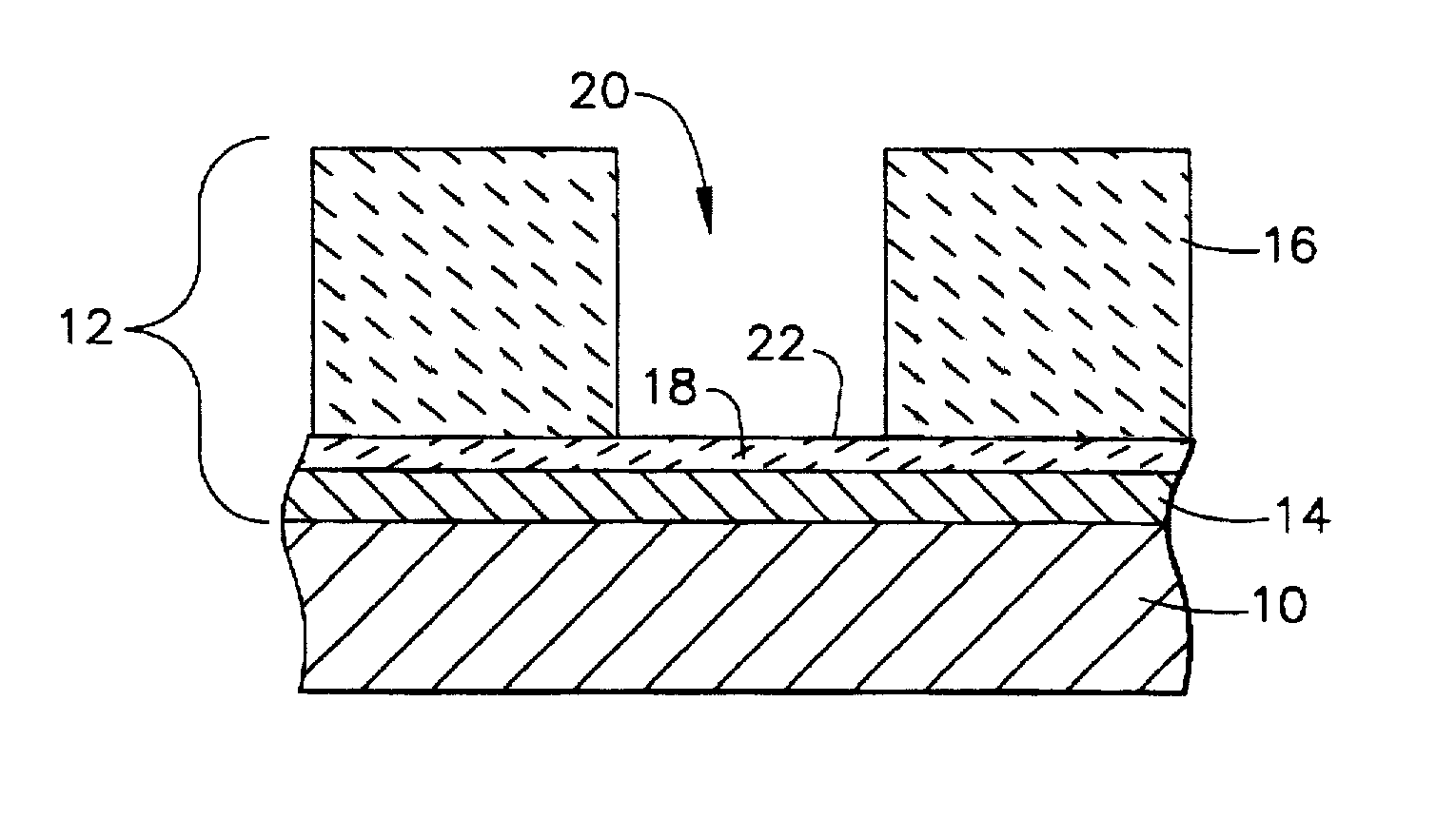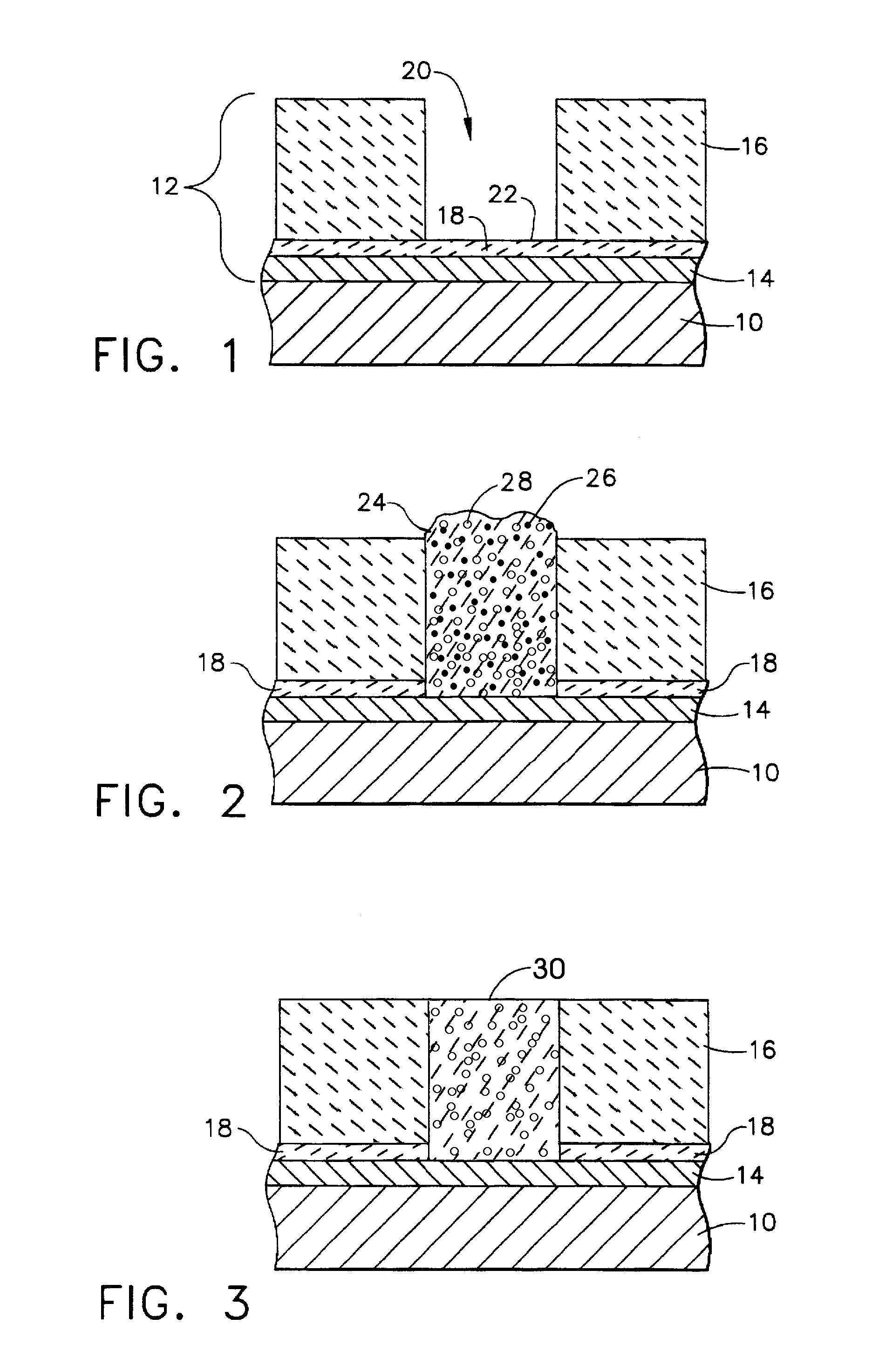Method of repairing a thermal barrier coating and repaired coating formed thereby
- Summary
- Abstract
- Description
- Claims
- Application Information
AI Technical Summary
Benefits of technology
Problems solved by technology
Method used
Image
Examples
Embodiment Construction
[0015]The present invention is directed to components protected by thermal barrier coatings for operation within environments characterized by relatively high temperatures, and are therefore subjected to severe thermal stresses, cycling, and radiation loads. Notable examples of such components include the high and low pressure turbine nozzles and blades, shrouds, combustor liners, secondary seals, and augmentor hardware of gas turbine engines for use in aircraft and industrial applications. The present invention is particularly directed to thermal barrier coatings (TBCs) that exhibit thermal insulating properties to conduction and thermal radiation. The advantages of this invention will be described as particularly applicable to combustor components of turbine engines, though the invention is generally applicable to any components in which thermal barrier-type coatings as described herein may be used to thermally insulate a component from its environment.
[0016]Represented in FIG. 1 ...
PUM
| Property | Measurement | Unit |
|---|---|---|
| Time | aaaaa | aaaaa |
| Fraction | aaaaa | aaaaa |
| Fraction | aaaaa | aaaaa |
Abstract
Description
Claims
Application Information
 Login to View More
Login to View More - R&D
- Intellectual Property
- Life Sciences
- Materials
- Tech Scout
- Unparalleled Data Quality
- Higher Quality Content
- 60% Fewer Hallucinations
Browse by: Latest US Patents, China's latest patents, Technical Efficacy Thesaurus, Application Domain, Technology Topic, Popular Technical Reports.
© 2025 PatSnap. All rights reserved.Legal|Privacy policy|Modern Slavery Act Transparency Statement|Sitemap|About US| Contact US: help@patsnap.com


